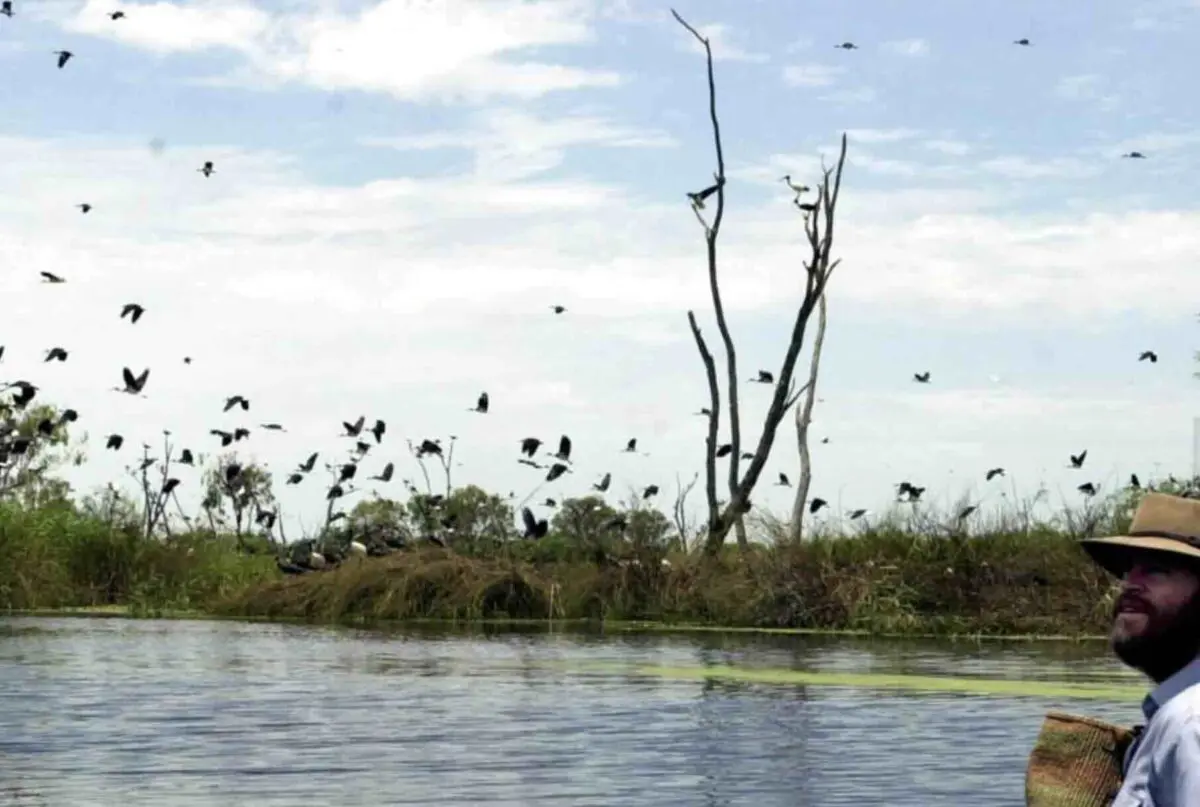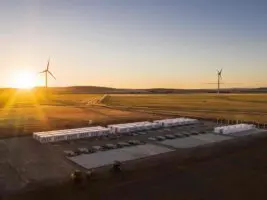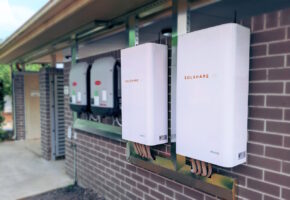“Australia’s largest waterbird the Brolga, arguably best known for its mating dance, is oblivious to investment boundaries – unlike bureaucrats.
“If you look at a species like the Brolga, the biggest threat is not wind farms, the biggest threat is wetland degradation and fox predation,” Clean Energy Council policy director Nick Aberle tells AAP.
But if a developer invests in wetland restoration or fox eradication beyond the site, that can’t sway decisions about approvals that must look within a project’s boundaries.
“They can only look at the risk of a Brolga being hit,” he says.
Victoria, for example, is examining the flight height of the Southern Bent-wing Bat and Brolga breeding sites, as it develops a handbook for renewable energy proponents.
But departments also need bigger assessment teams as more projects come forward under the energy transition, with more factors to be considered in the future, Mr Aberle warns.
Hesitation to make decisions on projects has consequences for energy projects that are going to keep the lights on and reduce stress on threatened species, he says.
While the mining industry is making headlines about being under siege, the clean energy industry says project delays in its sector are threatening the nation’s climate targets as well as jobs and investment.
No wind projects reached financial close in 2023, although industry data shows 1.5 gigawatts of capacity have reached final investment decision in the first half of 2024.
Environment Minister Tanya Plibersek is part way through a three-stage overhaul of national laws but it will take years to implement and is hotly contested as being too weak by some and too onerous by others.
Mr Aberle says there is “some enthusiasm” among state governments, so they can weigh emissions reduction and climate as well as flora and fauna when making decisions.
According to the Clean Energy Council, there should be a focus on information required being “reasonable and practical” to obtain, whether for state or federal governments.
“There’s not a lot of public awareness of just how much work goes into renewable energy projects,” Mr Aberle says.
“It’s absolutely not the case that you can just bung some panels wherever you feel like.”
Under international climate pledges, governments including Australia have agreed to triple renewable energy capacity and double energy efficiency by 2030.
But that also requires a a significant increase in the supply of energy transition minerals, a United Nations report confirmed this week.
Australia’s existing Environment Protection and Biodiversity Conservation (EPBC) Act requires projects – renewable energy, mines and gas fields – to be assessed against various “matters of national environmental significance” but not climate change.
Stage one of the changes expanded a “water trigger” to provide greater intervention powers if the threats to the vital resource are too great, while stage two sets up a new national environmental regulator and a data agency body.
Adding a so-called climate trigger to laws currently before parliament isn’t necessary, according to Ms Plibersek, and is fiercely opposed by leading business and industry groups.
But a “more ambitious set of environmental reforms” would include measures that would force regulators to consider the climate impacts of projects, the Greens say.
If the Albanese government is re-elected in 2025, the remainder of the proposed overhaul will be covered by the yet-to-be drafted stage three – including the interaction between climate and environmental laws.
“While supportive of the Nature Positive Plan, our members are concerned about the long implementation timeline, meaning its benefits won’t be fully realised for several years,” says Marilyne Crestias, the Clean Energy Investor Group’s interim chief executive.
The group has called for enforceable national environmental standards to be added to the stage two reforms.
Ms Crestias says it would be a “win-win”, with quicker and clearer approvals for renewables and better environmental outcomes.
Discrepancies between commonwealth and state environmental assessment requirements for two-year bird surveys, versus the industry standard of one year, lead to redundant processes and delays, for example, she says.
The group argues that problems with the existing process highlight the need for an independent appeal mechanism.
“Without such a mechanism, there’s a risk of bias, as government officials may uphold assessment teams’ decisions without sufficient review or oversight, further eroding confidence in the system,” Ms Crestias says.
In principle, a climate trigger would be beneficial in ensuring that business projects align with Australia’s Paris Agreement commitments, she says.
However, investors warn the number of projects referred would likely increase, creating more red tape and extending the assessment timeline even further.
“Wind projects in particular have faced significant delays, with some being held up in the EPBC process for several years due to unclear requirements and inefficient assessments,” Ms Crestias says.
And yet neither the carbon footprint, nor the potential benefits of replacing coal-fired generation, can be taken into account.
AAP










